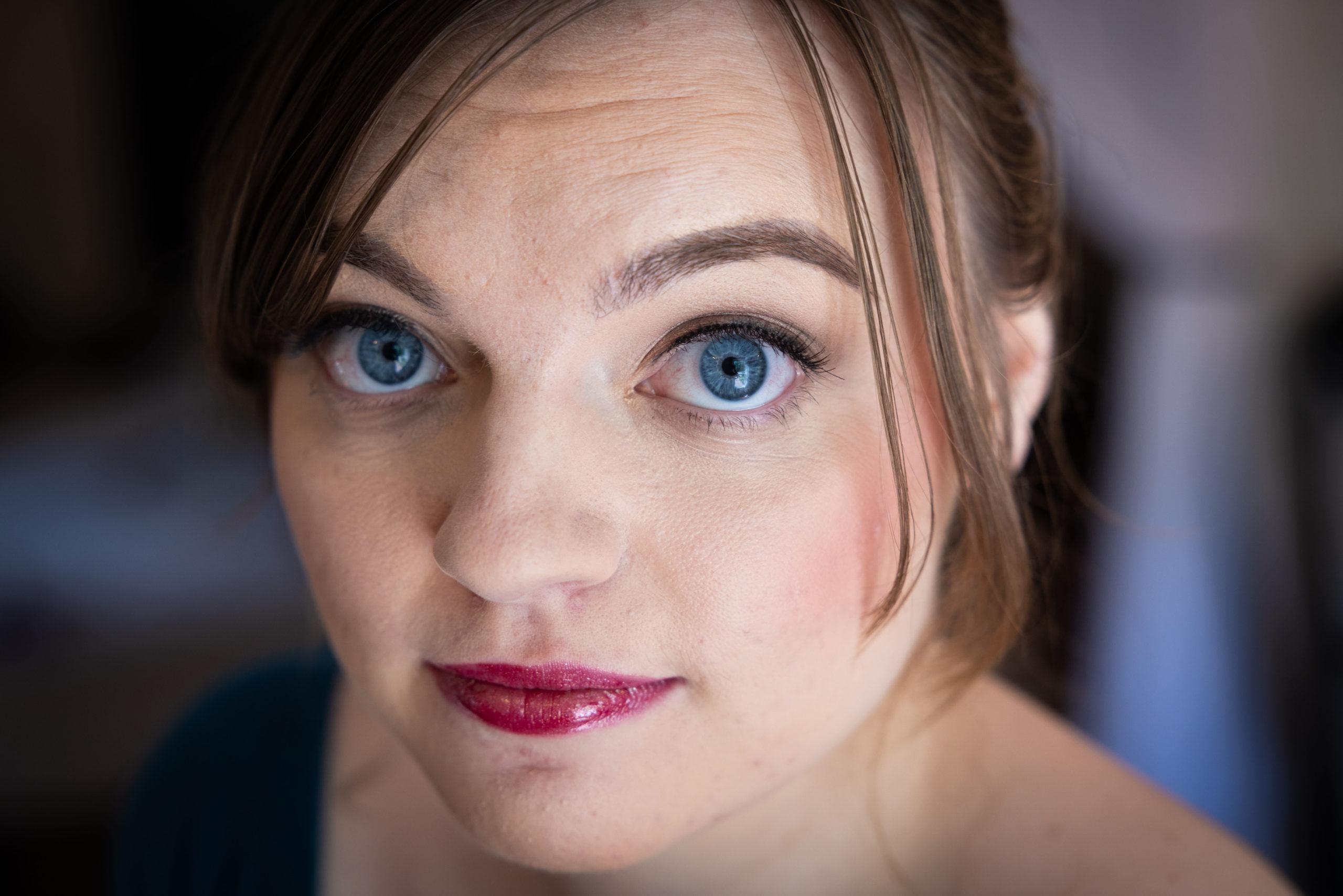One would think that the innumerable stories warning against the pursuit of immortality would cause people to think twice before embracing untested methods of artificially prolonging their lifespan.
But, alas, people are as stubborn as they are stupid (on average), and thus, too many people have entrusted themselves to these untested processes only to face a much worse death than the one they sought to avoid.
One of the most popular, and infamous, methods has been freezing bodies in the hopes of reanimation in the future via the pseudoscientific method of cryonics.
As explained in a lengthy piece by Big Think, while cryopreservation is a legitimate method used to store individual organs, freezing an entire human body is another matter entirely.
The human body is both incredibly complex and incredibly delicate, meaning that freezing and thawing that body has more likelihood of failing than succeeding.
While, according to Unilad, there are now roughly 500 people cryofrozen around the world, the beginnings of cryofreezing real bodies were a bit bumpy.
Cryonics, as a business venture and not just a science fiction trope, began in the 1960s and 70s, leaving several gruesome disasters in its wake in the growing pains of the burgeoning industry.
One of the earliest companies was a large operation run in Chatsworth, California, by Robert Nelson, the owner of a local cemetery.
Nelson froze the bodies entrusted to him far too hastily, leading to all manner of unfortunate consequences.
Is cryonics a useful technology?
Several of the capsules used to store the bodies failed without Nelson noticing, leaving the bodies cracked, or worse, festering for unspecified lengths of time, and, by the time the business failed, not one body stored in the Chatsworth cemetery was preserved.
Instead, they were left to rot once the capsules failed and Nelson stopped maintaining them.
But, that wasn’t even the worst incident associated with the early cryonics industry.
In Butler, New Jersey, per Big Think, the cryofrozen bodies found in a similar underground storage facility were stored so poorly, the remains eventually decomposed into a “plug of fluids” after two failures.
The technology is much more sophisticated now, with ABC Australia reporting the success of their first cryogenically citizen on Wednesday, via a new business called Southern Cryonics.
That said, as Unilad pointed out, despite the technology’s greater sophistication, and the interest of celebrities like Seth MacFarlane or Paris Hilton in being cryofrozen, there has never been any guarantee that the patients, who spend $200,000 for the privilege, could ever be reanimated.
Death is, and has always been, a guarantee for all people.
While Christians know that Christ has defeated and conquered death, and therefore know death is not the end, humanity since time immemorial has been at war with death.
Humans try to avoid, circumvent, or even trick death, using any means to escape their inevitable fate.
Those that froze themselves in the hope of a future cure or a future way to prolong life have sometimes suffered some truly grisly deaths while “frozen.”
The failure rate might be lower now than it was in the past, but these people are a severe power failure away from turning into a plug of fluids.


